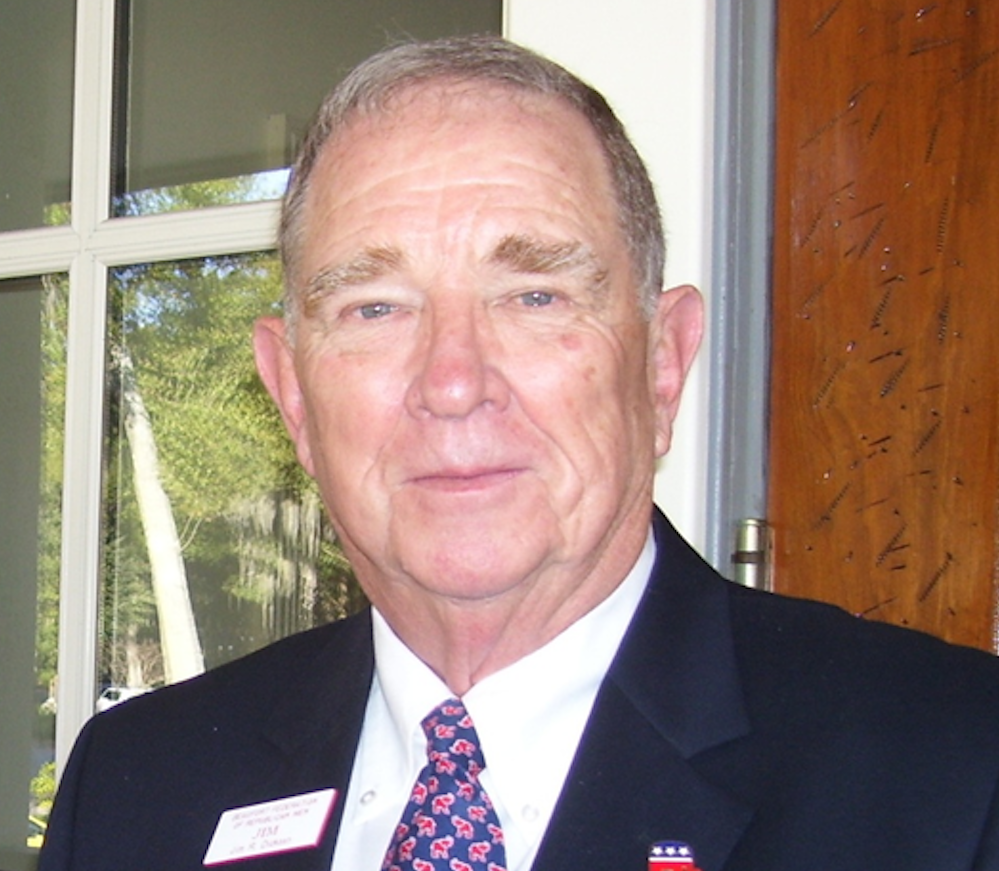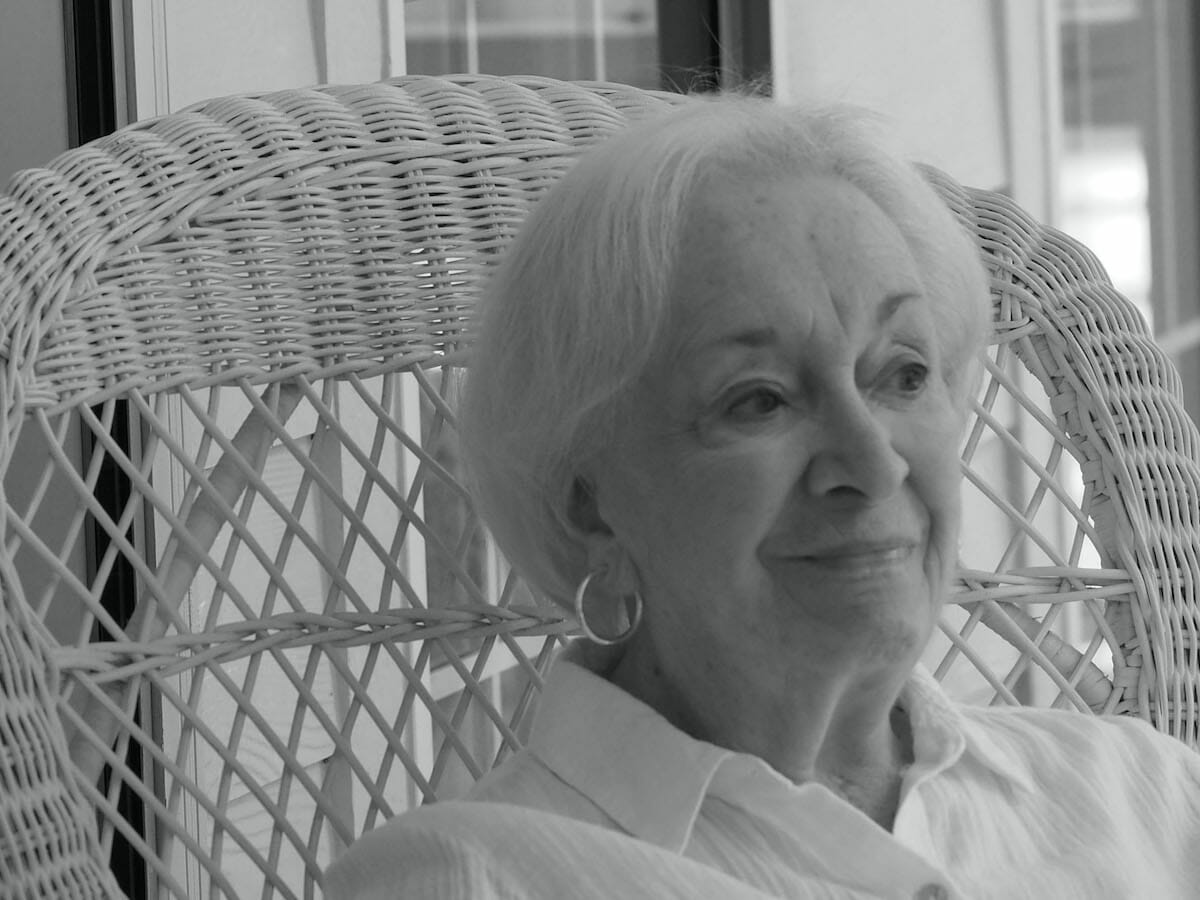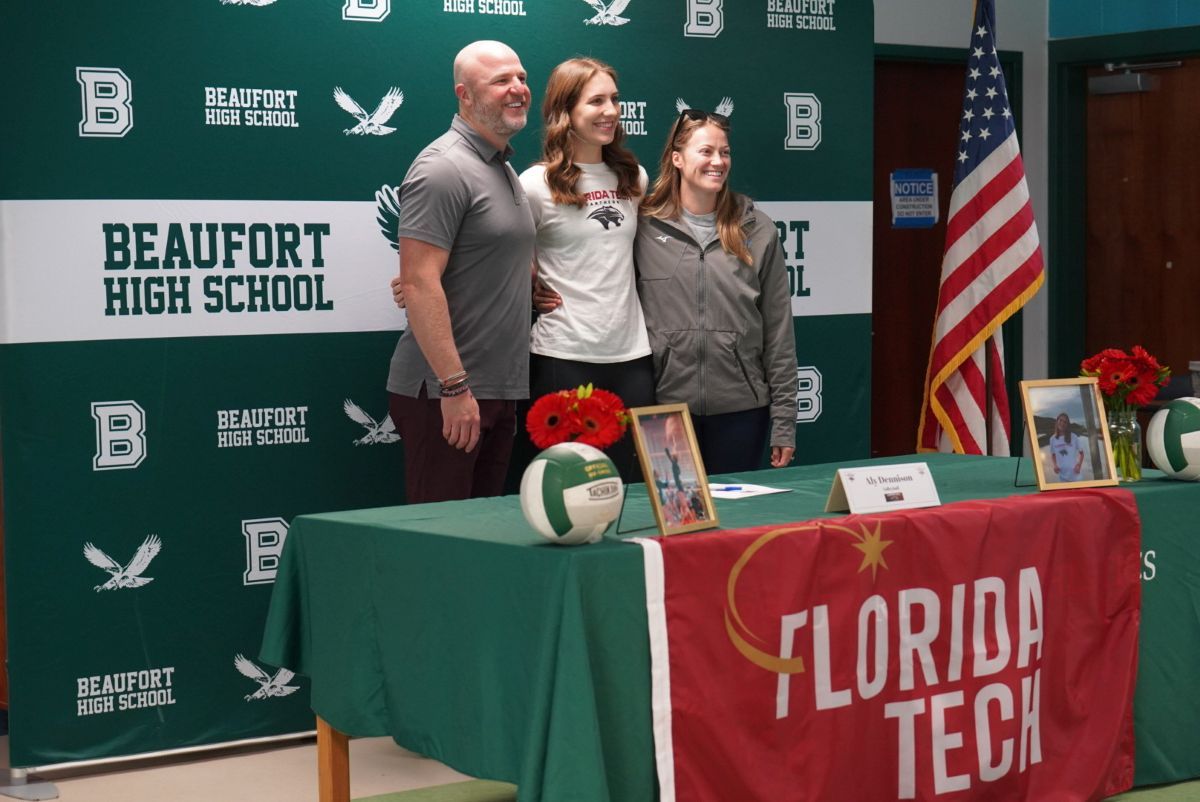By Scott Graber
It is Tuesday, early, and cool enough to sit on the deck and contemplate the river. This morning I have my Eight O’Clock Medium Roast and an orange.
Last week my wife’s sister arrived with a box of photographs, letters and deeds. When she arrived she said, “Someone needs to look through these papers and decide what’s worth keeping, …”
Over the years I have, from time to time, been given this kind of job and have reluctantly gone through hundreds of photographs trying to determine what should go into the dumpster and what should go into the attic.
The photos usually have three or four people — stiffly standing and well dressed — sometimes there are names of those people and a date on the back of the photo. But for the most part these black and white photos had no names, no dates and one could only surmise that a particular photo was taken at a wedding, a family reunion, although an old automobile sometimes helped with a date.
As I worked my way through the photographs a mild depression kicked-in. None of these people were still living; no bridge or airport was named for any of them; South Carolina’s Department of Archives would not be interested.
This box, however, also came with a thin notebook crammed with yellow-brown, disintegrating (newspaper) clippings.
I was drawn to a headline:
“MOST HORRIBLE! President Lincoln Assassinated.
(Second Dispatch) Washington April 14 — President Lincoln and wife, together with other friends this evening visited Ford’s Theatre for the purpose of witnessing the performance of ‘American Cousin.’ It was announced that General Grant would also be present, but that gentleman, instead, took the late train of cars to New Jersey …”
The typescript was fading and I got out my magnifying glass, …
“The President is still breathing, though quite insensible … breathing slowly, the blood oozing from a wound at the back of his head.”
The clippings then described the arrest of Mary E Surratt and her hanging, …
“She ascended the scaffold, and was led to an armchair, in which she was seated. An umbrella was held over her by two holy fathers, to protect her from the sun, whose rays shot down like blasts from a fiery furnace. She was attired in a black bombazine dress, black alpaca bonnet, with black veil which she wore over her face till she was seated in the chair.”
Later we got a description of John Wilkes Booth, …
“His hair, jet black and glossy, curled slightly, and set off in fine relief a high, intellectual forehead, and a face full of intelligence. Both chin and nose were remarkably prominent, and the firm set lips and line about the mouth indicated a firmness of will, decision and resolution. He was scrupulously neat in his dress and selected his habit with a rare perception of what was becoming to his figure and complexion. He would pass anywhere for a neatly, and not overly, dressed man of fashion.”
The clippings continued, …
“Of his political views little is known. He kept a still tongue on the subject so far as we have heard. Being of southern birth and education, it was presumed that his sympathies tended in that direction; but he exhibited no particular warmth or zeal for the rebellion, and nothing to indicate the remotest desire to further the cause by so much as giving pecuniary aid much less personal assistance.”
My first reaction was, “Wow! these people knew how to write. This is not your terse, what-when-where reportage we often see today.”
But my thoughts soon shifted to the person who clipped, then pasted these newspaper accounts into this thin, marbled-cover notebook. Who was he or she? Why was she doing this? Did she know that 160 years later a slightly annoyed, retired lawyer would be going through a box of documents? Did she know that he would be making decisions about what to keep and what to destroy? Did she want to say, “Hey Scott, we’ve had a little excitement here in Virginia this past week; and I wanted you to have a little background on Mary Surratt’s fashion statement. Enjoy!”
So I went back into the box looking for a face that might make such a comment — a person who instinctively knew that someday, someone would want to know that Mary Surratt was wearing bombazine when she was executed.
I settled on a young woman — the photo brittle, undated, the person unnamed.
“This one I’ll save.”
Scott Graber is a lawyer, novelist, veteran columnist and longtime resident of Port Royal. He can be reached at cscottgraber@gmail.com.








